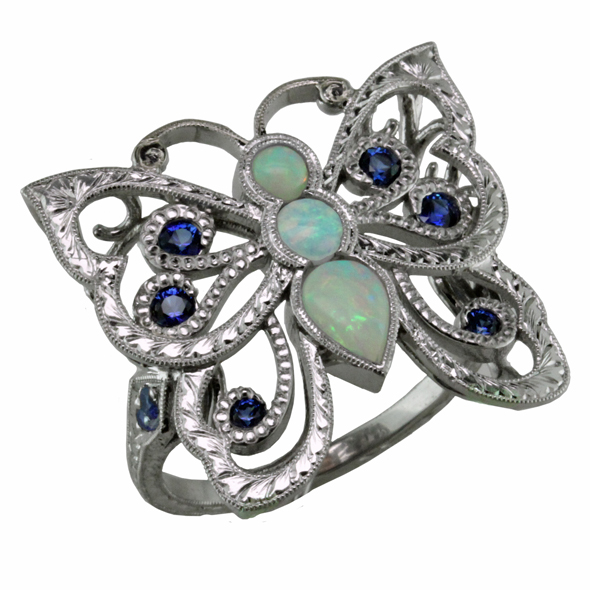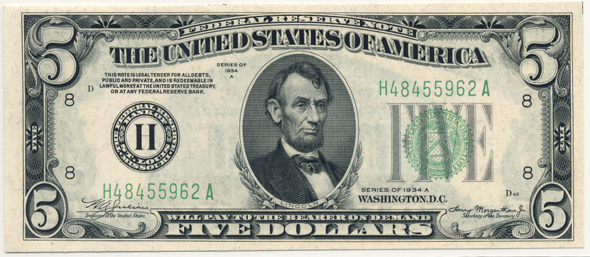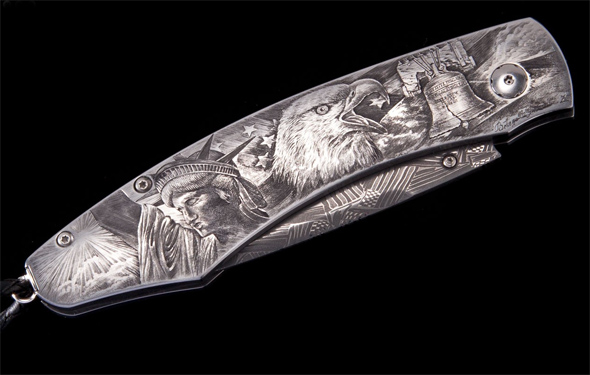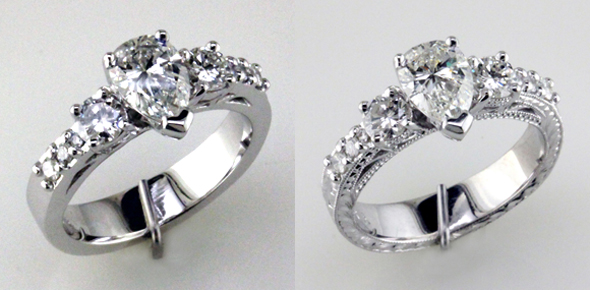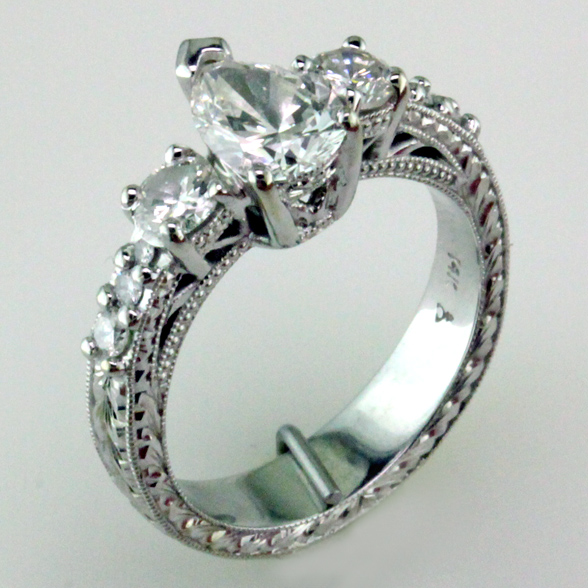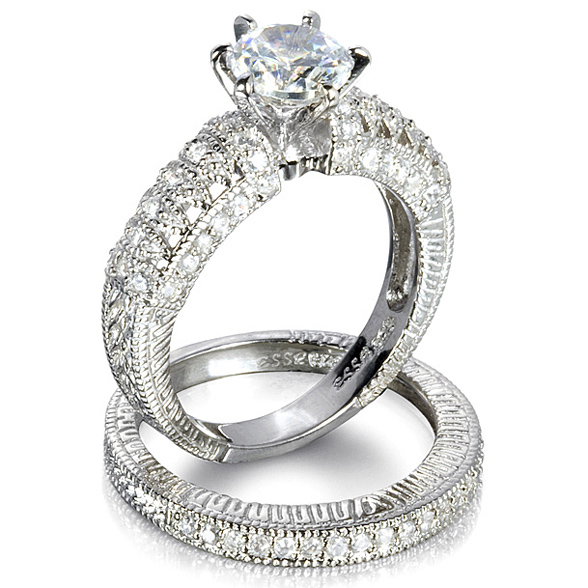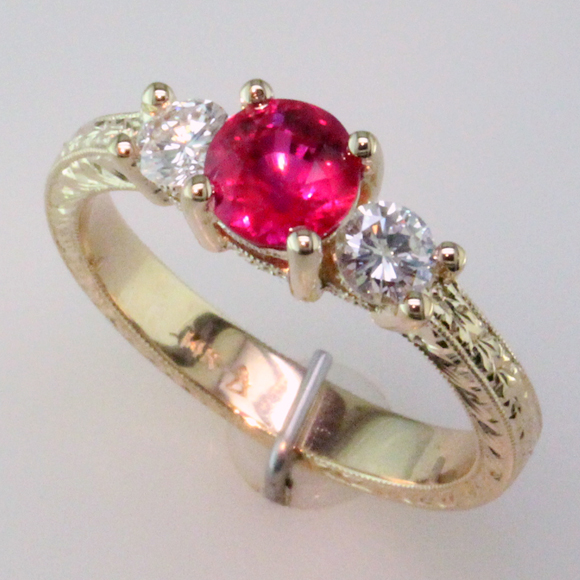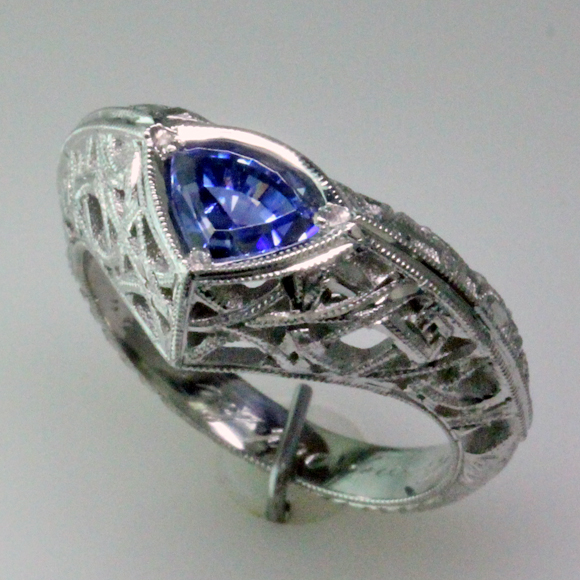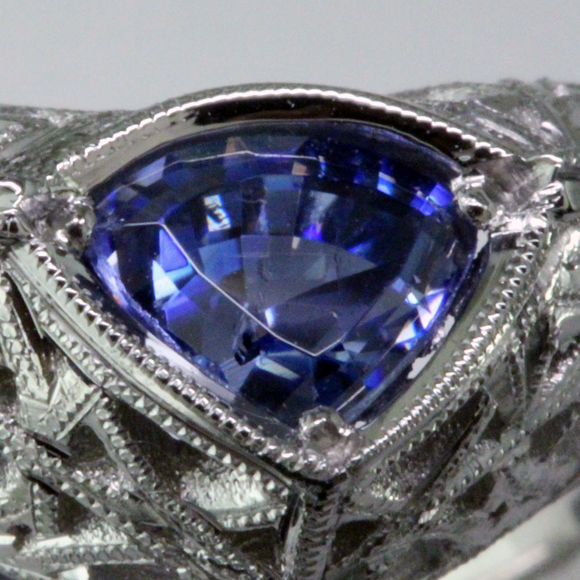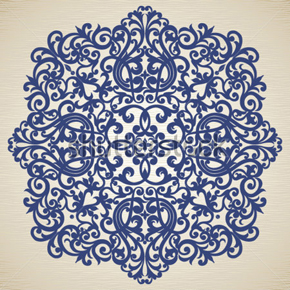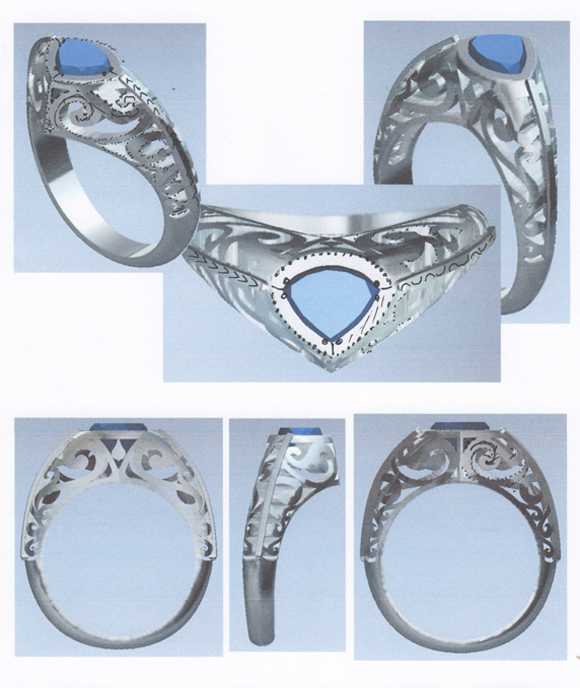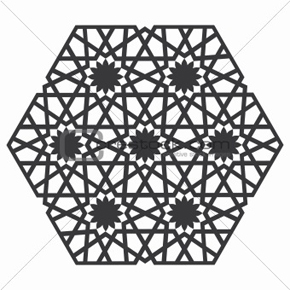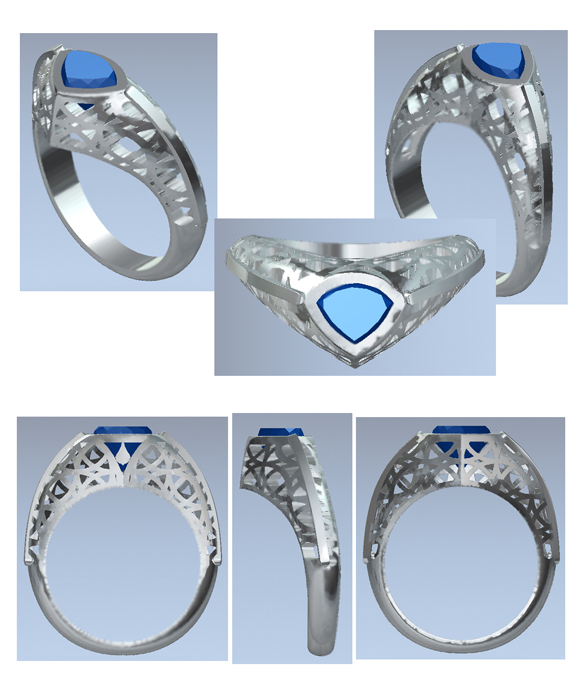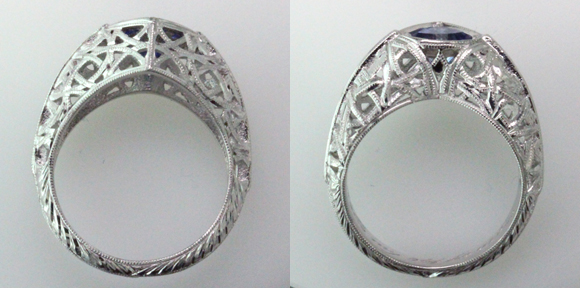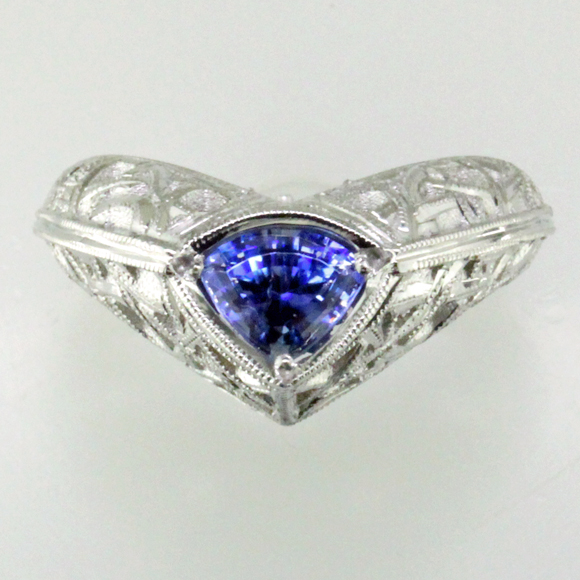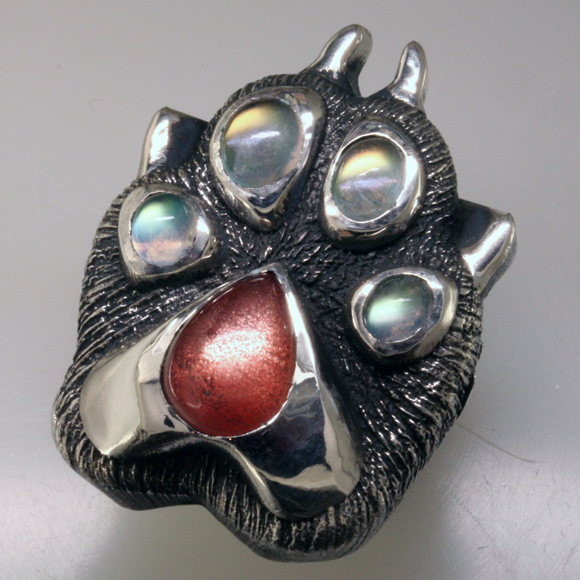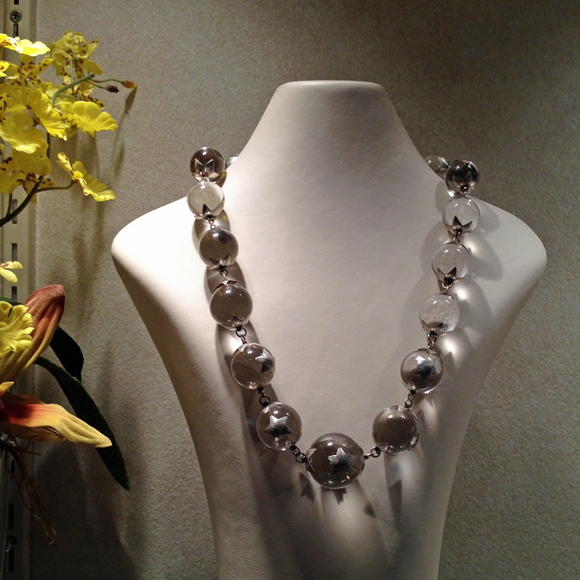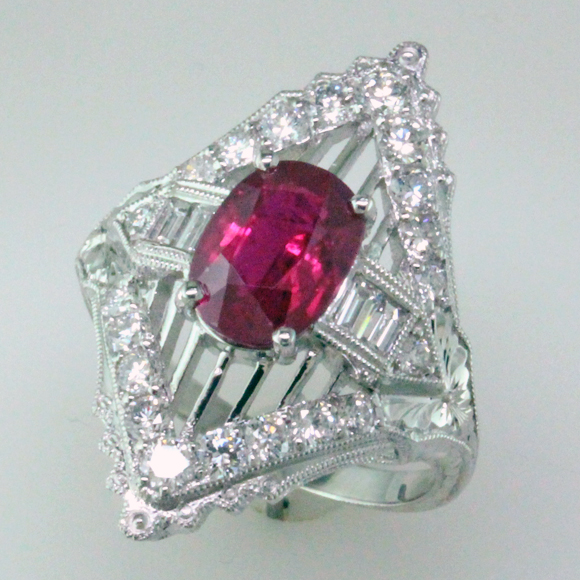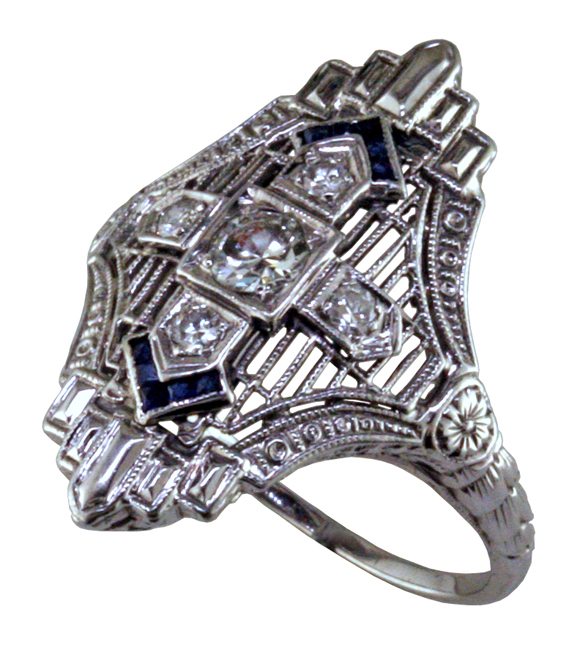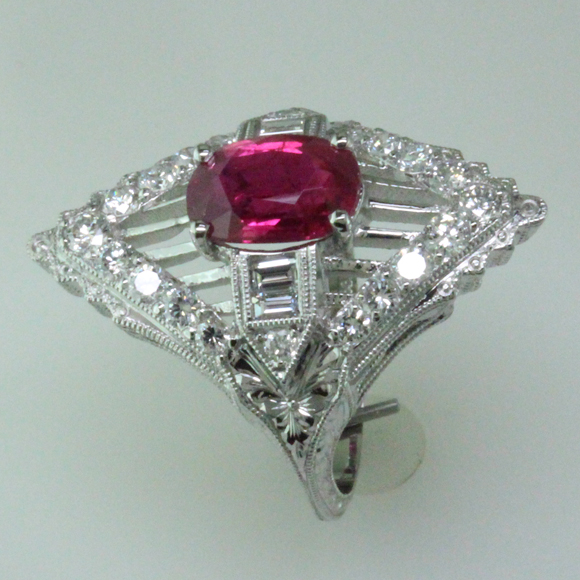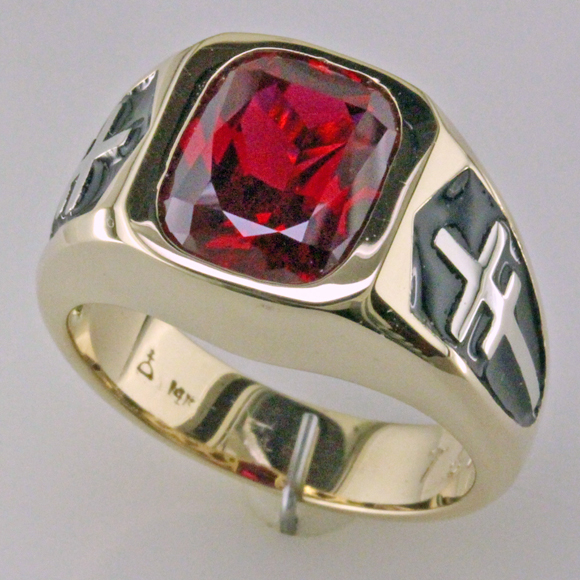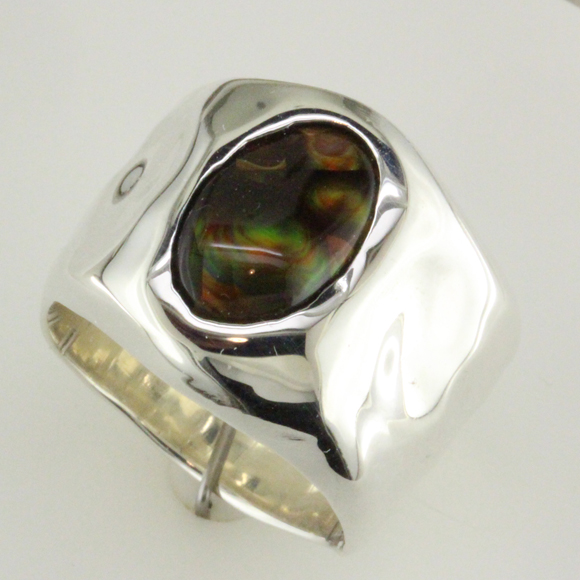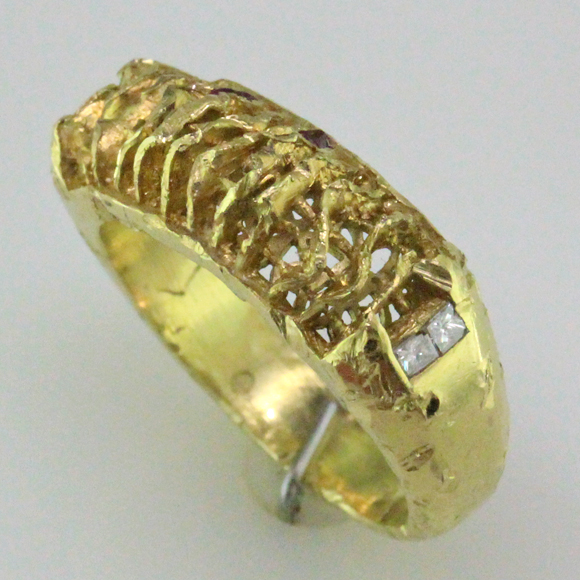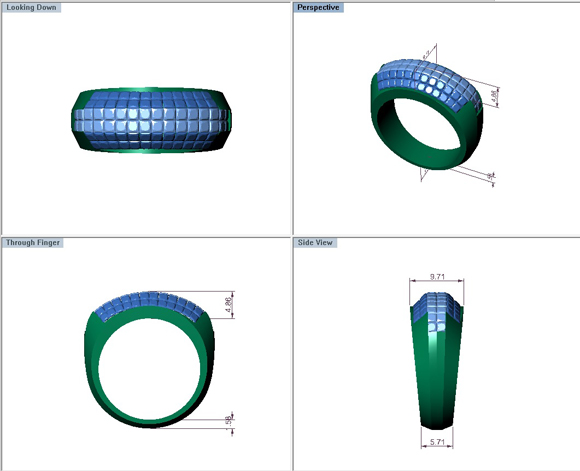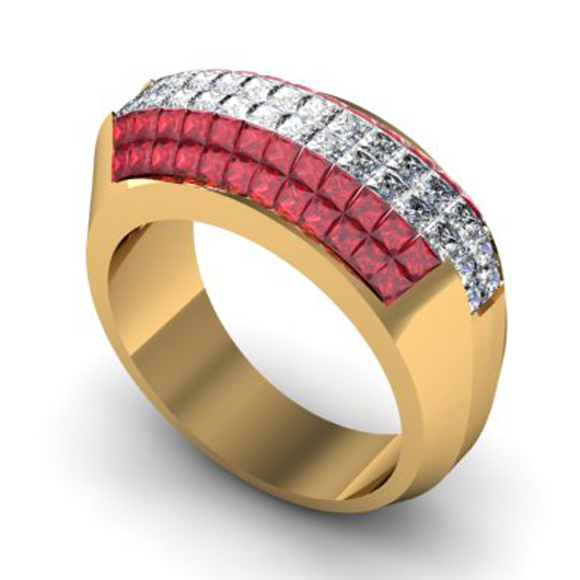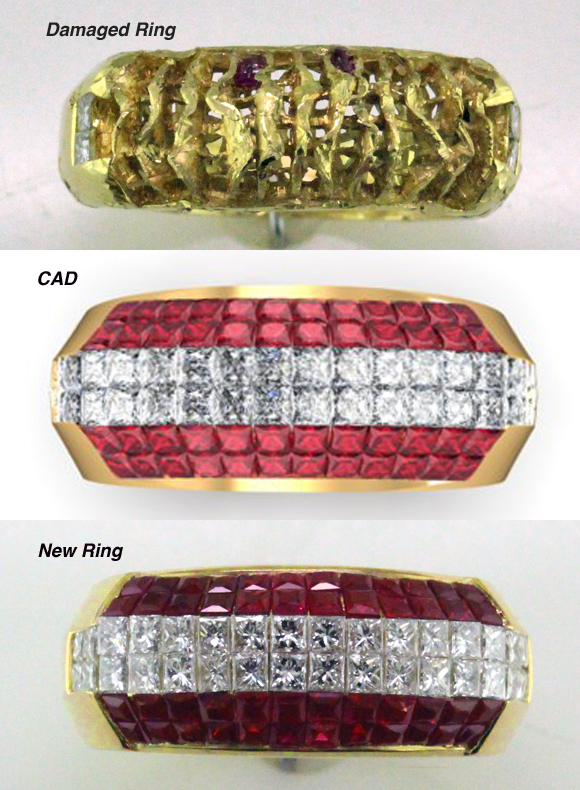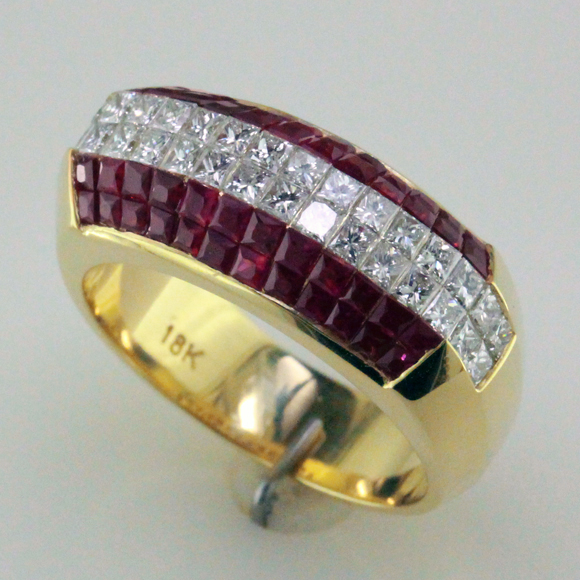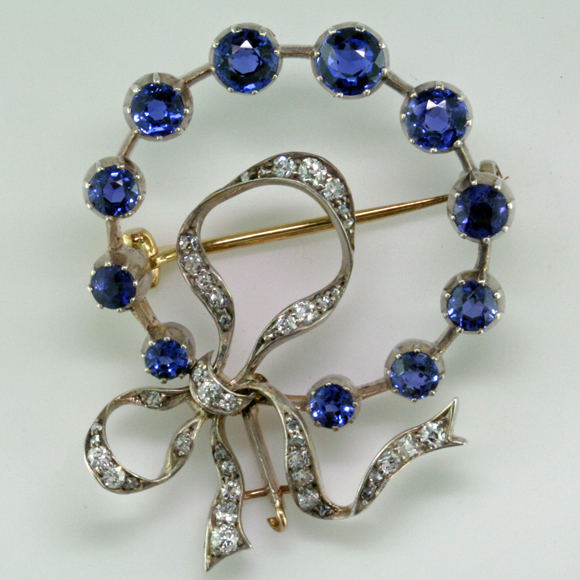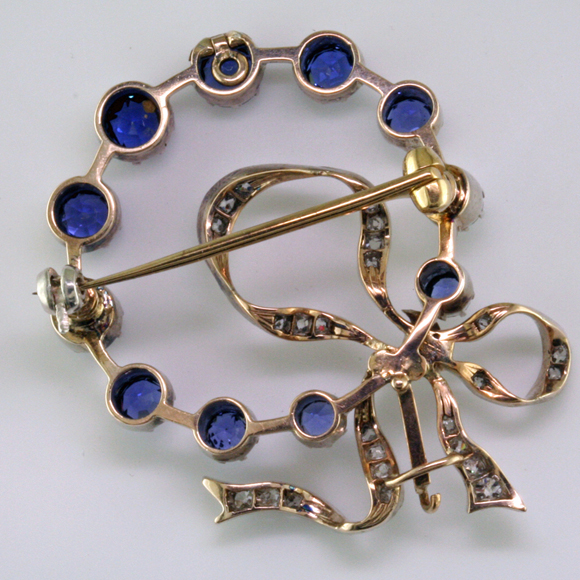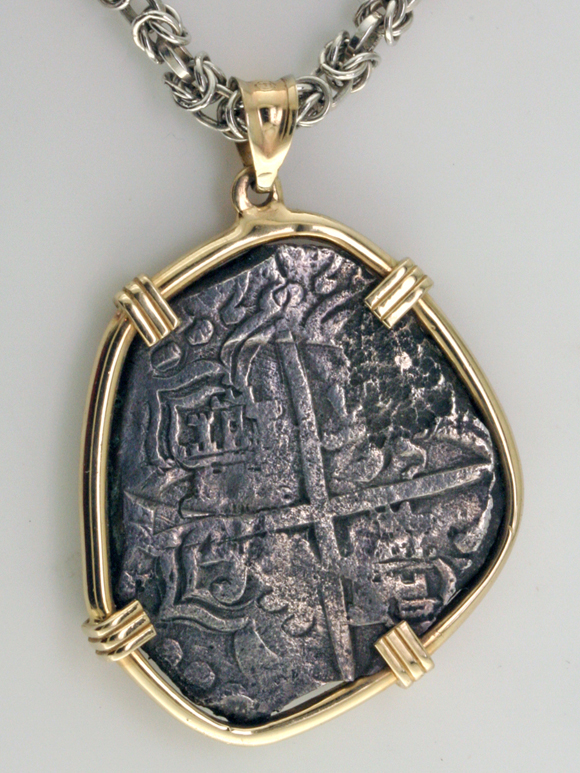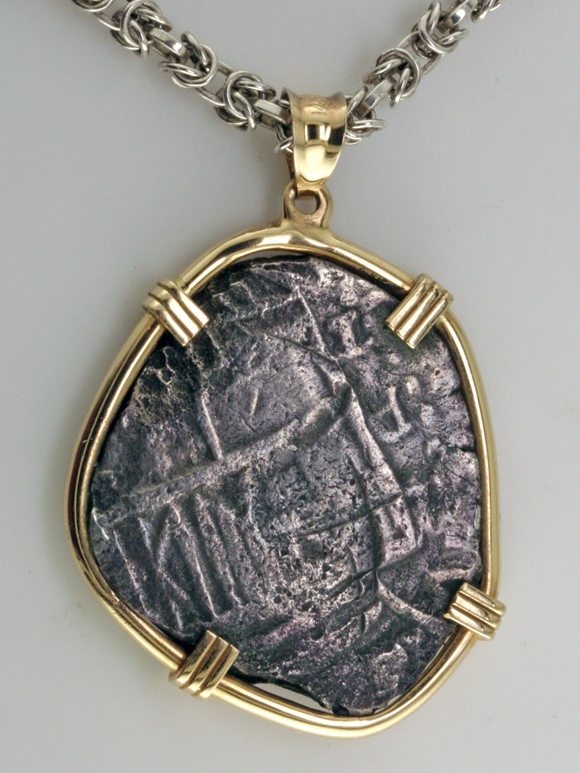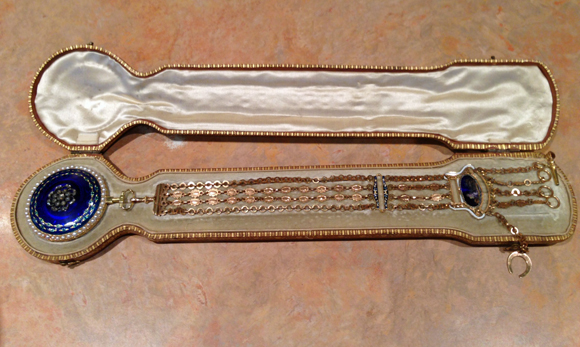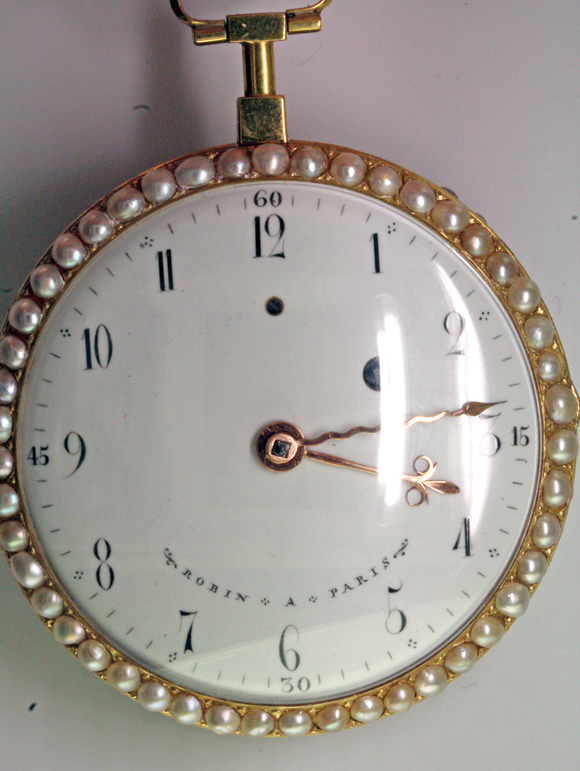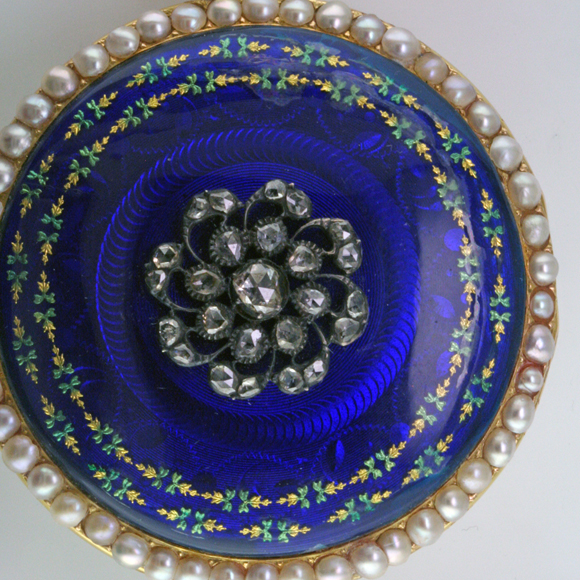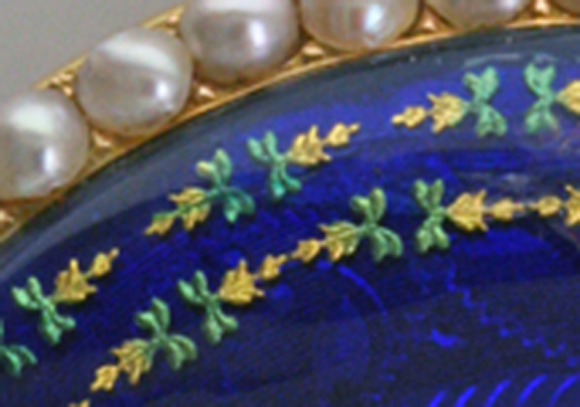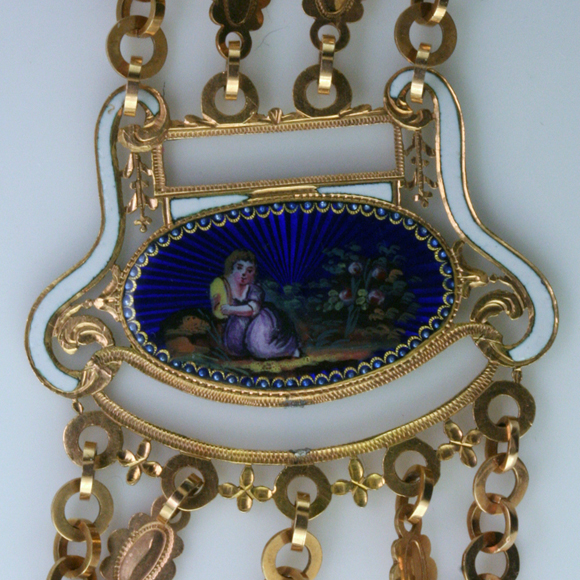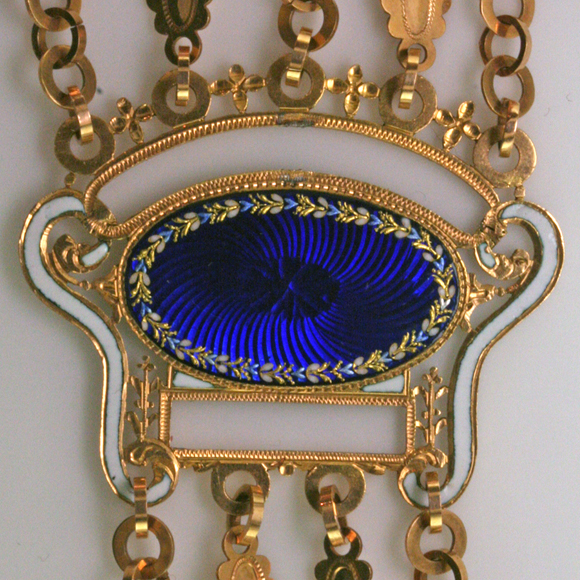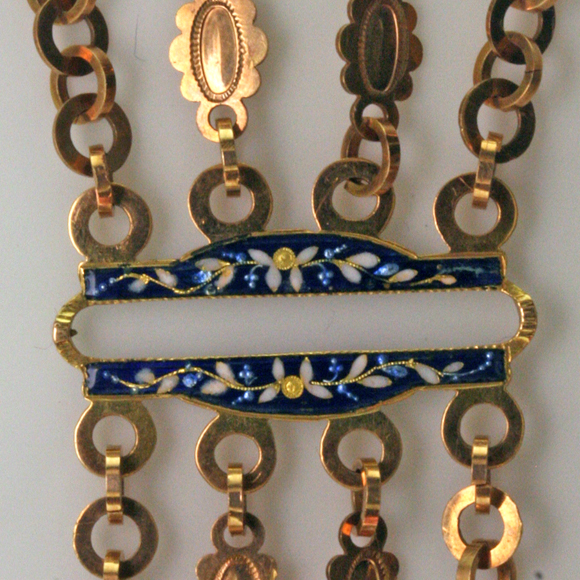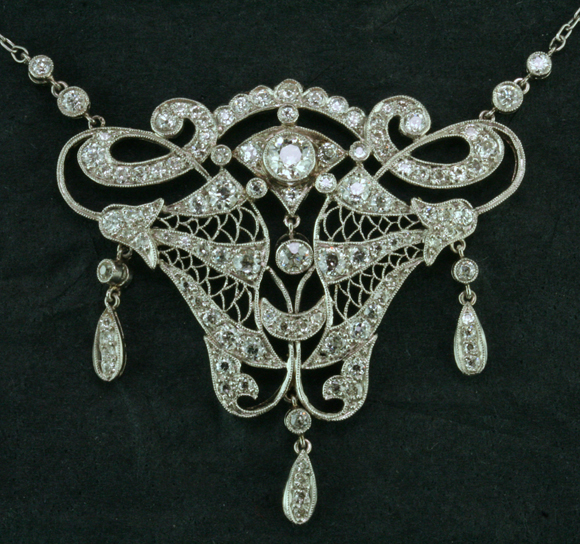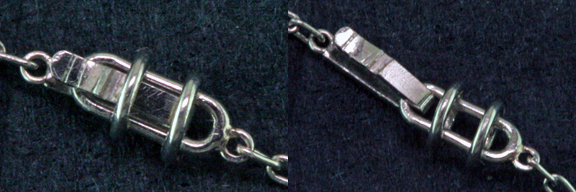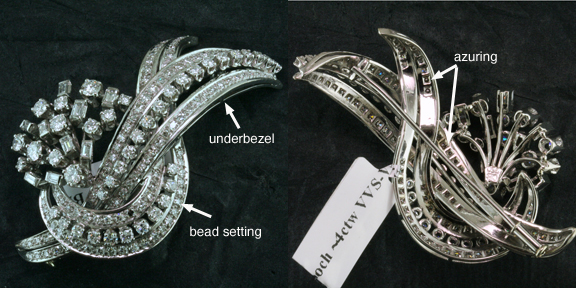In today’s world, some things change rapidly and some stay the same. Just in the last 20 years or so, jewelry making has changed radically. Previously we used labor intensive processes like carving wax models by hand to create our original designs and master models. We now use technological marvels like computer aided design and modeling (CAD/CAM) and 3d printing as a mainstay to make jewelry. Yet for all the efficiency of these new manufacturing methods, we still rely on centuries old technologies like hand engraving to add the final touch to our finest pieces.
Hand engraving is a decorative art form where designs are carved into the surfaces of jewelry, housewares, knives, guns and other objects. Hand engraving is also used to create the metal plates used to print paper currency and other legal documents.
Almost anything can be depicted by a skilled hand engraver. The finished product is a product of the engraver’s design sense, imagination and skill level. Hand engravers spend years perfecting their skills– some specialize in decorative engravings, some work mainly in lettering and inscriptions.
The main tools the engraver uses are very sharp tiny steel chisels called gravers. For jewelry, the engraver uses different shaped gravers to create various designs and patterns of leaves, flowers, curls and swirls .
The beauty of hand engraving lies in its crisp detail and brightness. Unlike engraving for currency where ultra-fine lines make up the design, the jewelry engraver adds wide grooves and notches to reflect light and brighten the surface and the gems. His gravers are sharpened on a diamond hone and polished to a mirror brightness so that the cut surfaces are bright and shiny.
We recently created a custom ring for a client featuring the diamonds from her original wedding ring. She wanted a new look with white gold instead of yellow and she liked classic vintage styles. Engagement rings of the late 19th and early 20th century often featured lots of beautiful hand engraving. Here’s her ring, before engraving and after.
We think the hand engraving really transformed the ring into something special
Some jewelry makers have tried to add a hand engraved look to their mass produced products. They use CAD/CAM to decorate the surface of their master model, then make a mold to make reproductions of the original. In our opinion, this look really doesn’t have the class and elegance of real hand engraving.
At Mardon, you’ll find the real thing, on both our original creations and our custom designs. We use traditional surface decorations like hand engraving and jewelry enameling to enhance our one of a kind jewelry and our custom designing.
As full service jewelers, we work daily with the dedicated artisans who keep these timeless skills alive. Stop by the shop to see what a difference these traditional techniques can make in our hand crafted jewelry.
